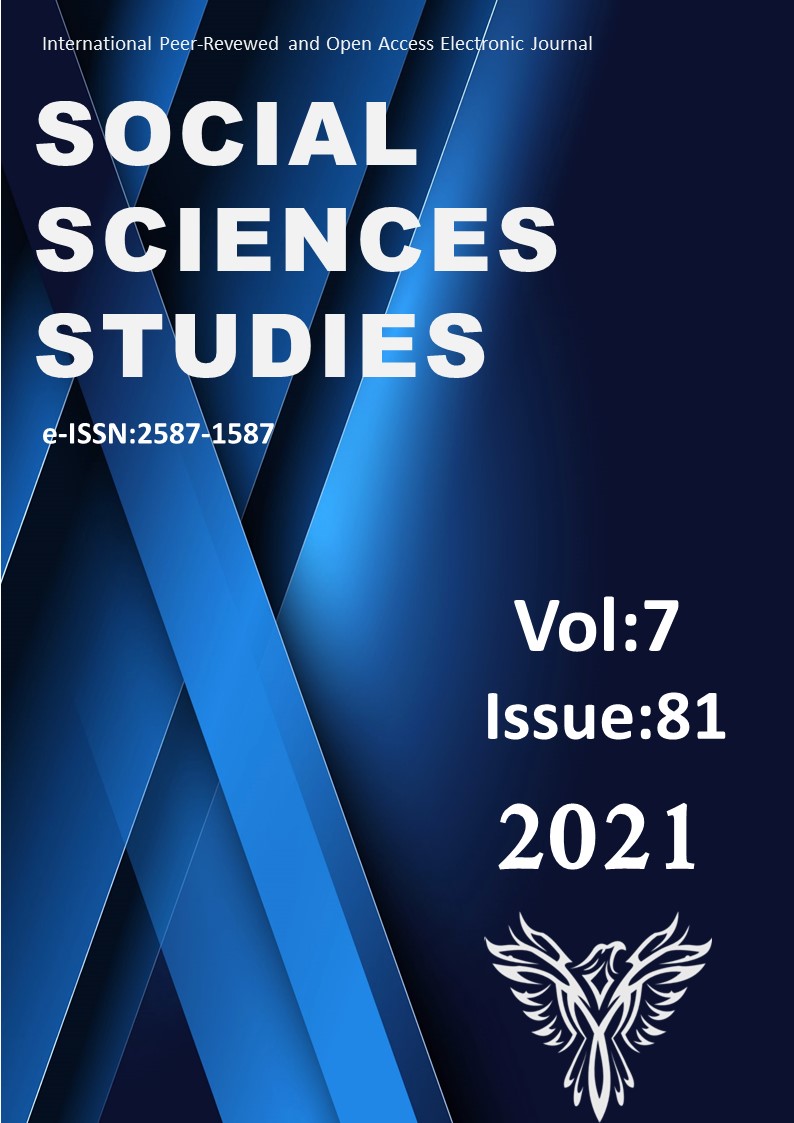Author :
Abstract
Yüzyıllardır doğada gördüğünü ve doğada olanı taklit eden, kullanan insan tekstilde de hem hammadde olarak hem boyar madde olarak kullanmıştır. Dokuduğu halılarda, kilimlerde, kumaşlarda; ördüğü çorap, patik, kazak vb. tekstil el sanatlarında yün, ipek, pamuk, keten gibi doğal lifleri kullanan insan, renklendirmek için de yine doğadan elde ettiği bitkilerin kök, yaprak ve çiçeklerini kullanmıştır. 1800’lerin sonuna doğru sanayinin gelişmesi ve sentetik boyaların artmasıyla doğal boyarmaddelerin kullanımı giderek azalmıştır. Son 40-50 yıldır ise sentetik boyaların toksik ve kanserojen özelliklerinin çevreye ve insana olan zararları daha çok ortaya çıkmaya başlamış, bu da özellikle son yıllarda doğal boyarmaddelerin yeniden gündeme gelmesine neden olmuştur. Son yıllarda en çok konuşulan tartışılan konulardan biri olan çevre ve insan odaklı sürdürülebilirlik, zamanla doğayı ve insanı koruyan üretim ve tasarım biçimine dönüşmüştür. Tekstil alanında doğal boyarmadde kullanımı artarken bir başka sanatsal yöntem olan ekolojik baskı yöntemi de çok sık kullanılan bir üretim biçimidir. Bu çalışmada; geleneksel iplik eğirme ve ipek dokuma tekniği ile üretilen ipek dokumaların çağdaş bir sanat üretim tekniği olan ekolojik baskı (eko print) ile buluşması ele alınacaktır. Hatay’ın Harbiye ilçesinde geleneksel ipek el dokumacılığı yapan Emel Duman, kendi yaptığı ipek dokuma şal ve fularlara ekolojik baskı yöntemi kullanarak geleneksel bir üretim biçimini modern bir sanat anlayışı ile birleştirmektedir. Emel Duman’ın ipek böceği yetiştiriciliğinden başlayıp, kozadan elde iğ ile iplik eğirme ve el tezgahında ipek dokumaya kadar süren ve tasarım aşamasında ekolojik baskı ile biten üretim biçimi hakkında bilgiler verilerek, yaptığı örnekler üzerinden zanaat ile modern tasarımın birleşmesi örnekler ile anlatılacaktır.
Keywords
Abstract
For centuries, people who imitate and use what they see in nature and what is in nature have used them both as a raw material and as a dye. In the carpets, rugs and fabrics it weaves; knitted socks, booties, sweaters and so on. Human beings, who use natural fibers such as wool, silk, cotton and linen in textile handicrafts, also used the roots, leaves and flowers of plants obtained from nature to color them. Towards the end of the 1800's, with the development of the industry and the increase of synthetic dyes, the use of natural dyes gradually decreased. In the last 40-50 years, the toxic and carcinogenic properties of synthetic dyes have started to emerge more and more, and this has caused natural dyestuffs to come back to the agenda, especially in recent years. Environment and human-oriented sustainability, which has been one of the most discussed and discussed topics in recent years, has turned into a form of production and design that protects nature and people over time. While the use of natural dyes is increasing in the textile field, another artistic method, ecological printing, is a frequently used production method. In this study; The meeting of silk weavings produced with traditional yarn spinning and silk weaving technique with eco-print, a contemporary art production technique, will be discussed. Emel Duman, who is a traditional silk hand weaver in the Harbiye district of Hatay, combines a traditional way of production with a modern art understanding by using ecological printing method on silk woven shawls and scarves she made. Emel Duman will be given information about the production style starting from silkworm breeding, from cocoon to spinning with spindle and silk weaving on hand loom, and ending with ecological printing at the design stage, and the combination of craft and modern design will be explained with examples.
